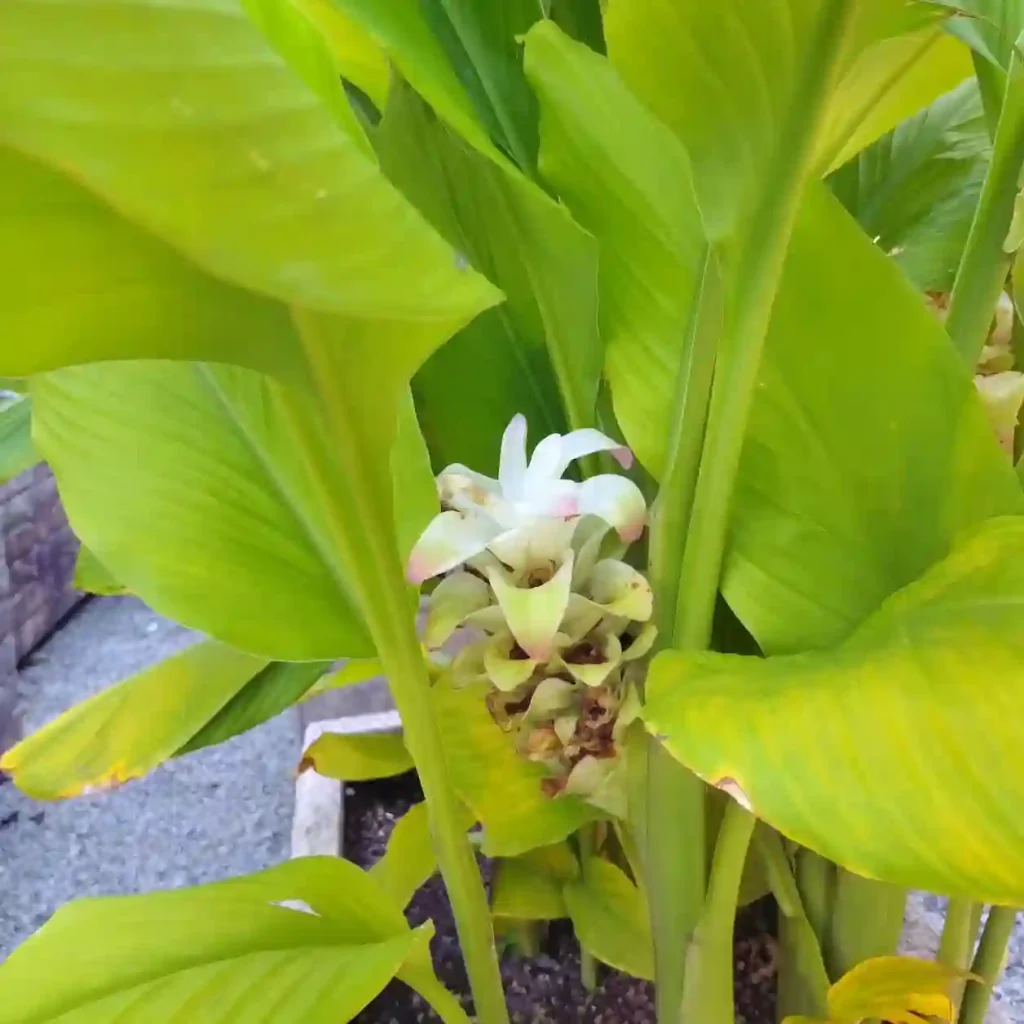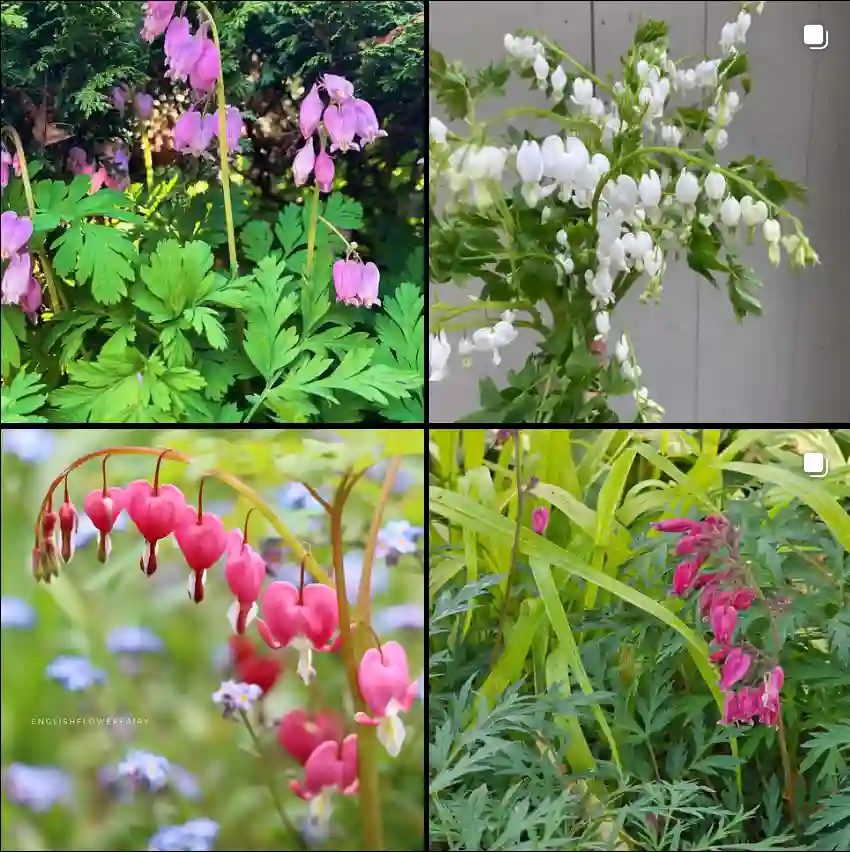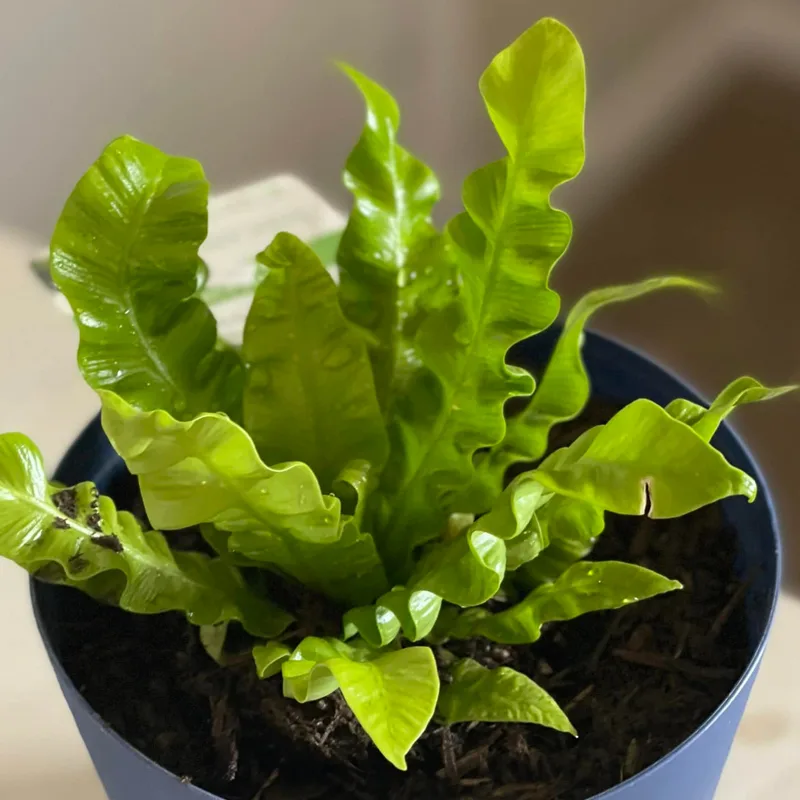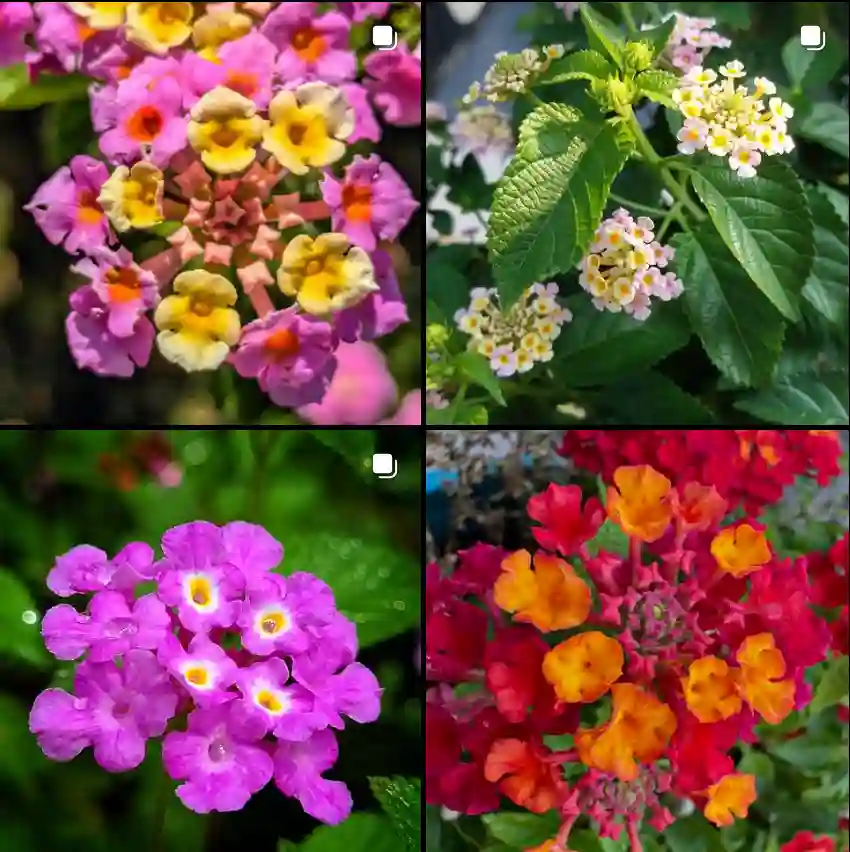Vanda Orchids: A Personal Fascination
My name is Ferb Vu, and I’ve always been drawn to the vibrant world of orchids. Among the many genera that capture my attention, Vanda from the Orchidaceae family holds a special place. These stunning epiphytes, with their aerial roots and flamboyant blooms, are a testament to nature’s artistry. Their resilience and adaptability, thriving in the diverse climates of East Asia and Australia, further amplify their appeal.
A Diverse Genus
The Vanda genus encompasses a rich tapestry of around 97 recognized species. Each boasts unique characteristics, contributing to the genus’s overall diversity. Here are:
- Vanda aliceae Motes, L.M.Gardiner & D.L.Roberts
- Vanda alpina (Lindl.) Lindl.
- Vanda × amoena O’Brien
- Vanda ampullacea (Roxb.) L.M.Gardiner
- Vanda arcuata J.J.Sm.
- Vanda aurantiaca (Schltr.) L.M.Gardiner
- Vanda aurea (J.J.Sm.) L.M.Gardiner
- Vanda barnesii W.E.Higgins & Motes
- Vanda bartholomewii Motes
- Vanda bensonii Bateman
- Vanda bicolor Griff.
- Vanda bidupensis Aver. & Christenson
- Vanda × boumaniae J.J.Sm.
- Vanda brunnea Rchb.f.
- Vanda celebica Rolfe
- Vanda × charlesworthii Rolfe
- Vanda chirayupiniae Wannakr.
- Vanda chlorosantha (Garay) Christenson
- Vanda christensoniana (Haager) L.M.Gardiner
- Vanda coelestis (Rchb.f.) Motes
- Vanda coerulea Griff. ex Lindl. Plant FAQs: Vanda Coerulea – Blue Vanda
- Vanda coerulescens Griff.
- Vanda concolor Blume
- Vanda cootesii Motes
- Vanda crassiloba Teijsm. & Binn. ex J.J.Sm.
- Vanda cristata Wall. ex Lindl.
- Vanda curvifolia (Lindl.) L.M.Gardiner
- Vanda dearei Rchb.f.
- Vanda denisoniana Benson & Rchb.f.
- Vanda devoogtii J.J.Sm.
- Vanda dives (Rchb.f.) L.M.Gardiner
- Vanda emilyae Motes
- Vanda esquirolii Schltr.
- Vanda falcata (Thunb.) Beer
- Vanda × feliciae Cootes
- Vanda flabellata (Rolfe ex Downie) Christenson
- Vanda flavobrunnea Rchb.f.
- Vanda floresensis Motes
- Vanda foetida J.J.Sm.
- Vanda frankieana Metusala & P.O’Byrne
- Vanda funingensis L.H.Zou & Z.J.Liu
- Vanda furva (L.) Lindl.
- Vanda fuscoviridis Lindl.
- Vanda garayi (Christenson) L.M.Gardiner
- Vanda gardinerae Motes
- Vanda gibbsiae Rolfe
- Vanda gracilis Aver.
- Vanda griffithii Lindl.
- Vanda hastifera Rchb.f.
- Vanda helvola Blume
- Vanda hennisiana Ormerod & Kurzweil
- Vanda hienii (Aver. & V.C.Nguyen) R.Rice
- Vanda hindsii Lindl.
- Vanda insignis Blume ex Lindl.
- Vanda insularum (Christenson) L.M.Gardiner
- Vanda jainii A.S.Chauhan
- Vanda javierae D.Tiu ex Fessel & Lückel
- Vanda jennae P.O’Byrne & J.J.Verm.
- Vanda karinae Motes
- Vanda lamellata Lindl.
- Vanda × leucostele Schltr.
- Vanda lilacina Teijsm. & Binn.
- Vanda limbata Blume
- Vanda lindenii Rchb.f.
- Vanda liouvillei Finet
- Vanda × loii Motes
- Vanda lombokensis J.J.Sm.
- Vanda longitepala D.L.Roberts, L.M.Gardiner & Motes
- Vanda luzonica Loher ex Rolfe
- Vanda malipoensis L.H.Zou, Jiu X.Huang & Z.J.Liu
- Vanda mariae Motes
- Vanda merrillii Ames & Quisumb.
- Vanda metusalae P.O’Byrne & J.J.Verm.
- Vanda mindanaoensis Motes, L.M.Gardiner & D.L.Roberts
- Vanda miniata (Lindl.) L.M.Gardiner
- Vanda motesiana Choltco
- Vanda nana L.M.Gardiner
- Vanda parviflora Lindl.
- Vanda × peetersiana (Cogn.) André
- Vanda perplexa Motes & D.L.Roberts
- Vanda punctata Ridl.
- Vanda roeblingiana Rolfe
- Vanda rubra (Lindl.) L.M.Gardiner
- Vanda sanderiana (Rchb.f.) Rchb.f.
- Vanda sathishii Motes
- Vanda saxatilis J.J.Sm.
- Vanda scandens Holttum
- Vanda suavis Lindl.
- Vanda sumatrana Schltr.
- Vanda tessellata (Roxb.) Hook. ex G.Don
- Vanda testacea (Lindl.) Rchb.f.
- Vanda thwaitesii Hook.f.
- Vanda tricolor Lindl.
- Vanda ustii Golamco, Claustro & de Mesa
- Vanda vietnamica (Haager) L.M.Gardiner
- Vanda vipanii Rchb.f.
- Vanda wightii Rchb.f.
Adaptable Epiphytes
Vandas are epiphytic orchids, meaning they grow on other plants, typically trees, for support. Unlike parasites, they don’t derive nutrients from their host. Instead, their aerial roots absorb moisture and nutrients from the surrounding air and rainfall. This adaptation allows them to thrive in environments where ground space is limited, showcasing their remarkable resilience.
Cultivation and Care
While Vandas may seem exotic, they can be successfully cultivated with the right approach. Their needs differ from terrestrial plants, demanding specific conditions to flourish.
- Light: Vandas crave bright, indirect light. Direct sunlight can scorch their leaves.
- Air Circulation: Good air circulation is crucial to prevent fungal diseases.
- Humidity: Vandas thrive in humid environments, mimicking their natural habitat.
- Watering: Watering frequency depends on the growing medium and environment. Allow the roots to dry slightly between waterings.
- Fertilizer: Regular fertilization is necessary to support their growth and flowering.
With proper care, Vandas reward their cultivators with spectacular blooms that can last for several weeks. Their vibrant colors and unique forms make them a prized addition to any orchid collection.
The Allure of Vandas
For me, Vandas represent more than just beautiful flowers. They embody the resilience and adaptability of nature. Their ability to thrive in diverse conditions, from humid rainforests to drier climates, is a testament to their evolutionary success.
Moreover, the sheer variety within the genus is captivating. From the vibrant blues of Vanda coerulea to the intricate patterns of Vanda sanderiana, there’s a Vanda species to capture every orchid enthusiast’s imagination.
Whether you’re a seasoned orchid grower or a curious beginner, I encourage you to explore the fascinating world of Vanda orchids. Their beauty, resilience, and diversity are sure to leave a lasting impression.
If i die, water my plants!



